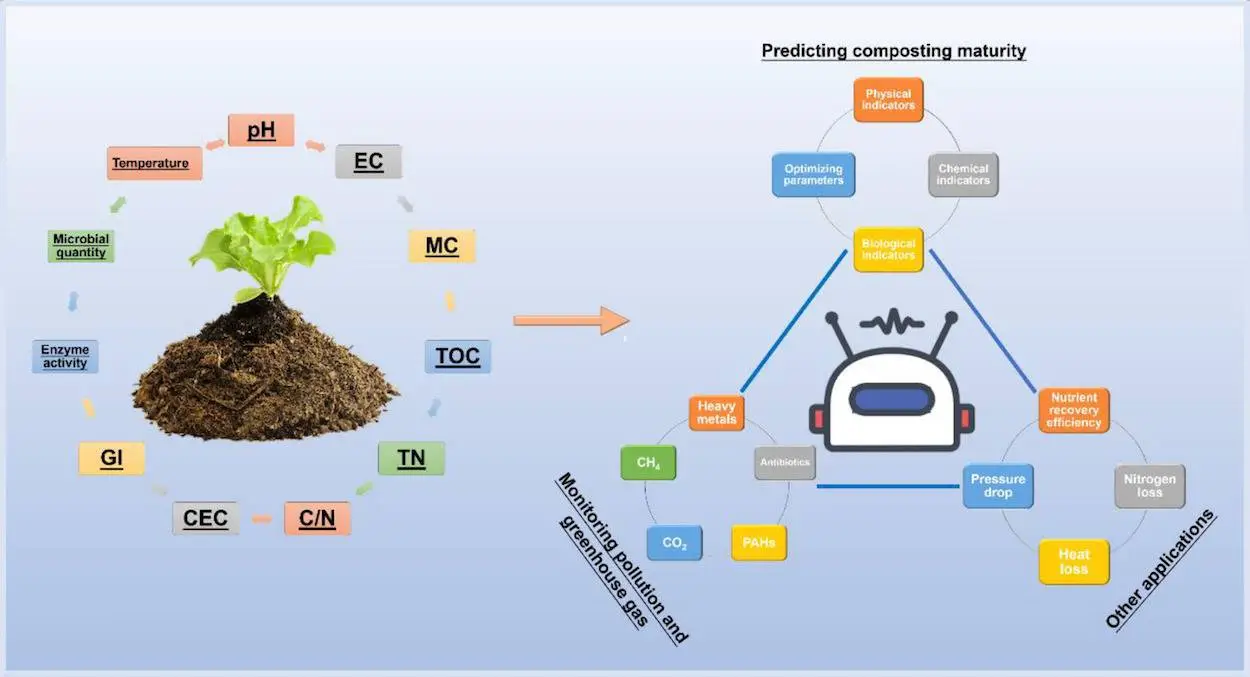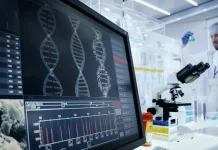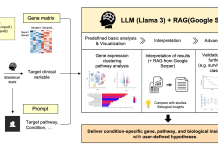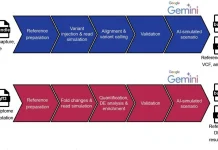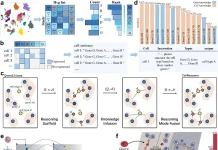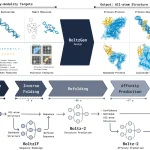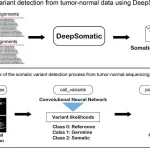Machine learning (ML) is revolutionizing biological waste treatment, addressing long-standing challenges in process stability and product quality. ML’s crucial role in optimizing anaerobic digestion, composting, and insect farming enables more efficient renewable energy production and nutrient recovery. This breakthrough application of AI technologies promises to transform waste management, potentially leading to more sustainable and productive biological treatment processes across the industry.
Organic waste treatment methods include anaerobic digestion, composting, and insect farming, which uses organisms and microorganisms to obtain biogas and organic fertilizers and recover energy, protein, and lipids, among others.
These processes face some problems concerning stability (owing to such factors as microorganism growth rates, substrate concentration, temperature, pH, and many more) and impact by the environment, which in turn may hamper the efficiency of the process and quality of the final product.
Machine Learning (ML) can enhance factors like process stability, predicting outcomes, and minimizing pollution in biological waste treatment. Researchers from the Shanghai Institute of Pollution Control and Ecological Security and Tongji University explore the applications, challenges, and prospects of ML in the biological treatment of organic wastes, specifically focusing on anaerobic digestion, composting, and insect farming, furthermore revealing that artificial neural networks, tree-based models, support vector machines, and genetic algorithms are the leading algorithms in biological treatment. They outline the challenges and prospects encountered in applying ML to biological treatment and explain the prospects of this field.
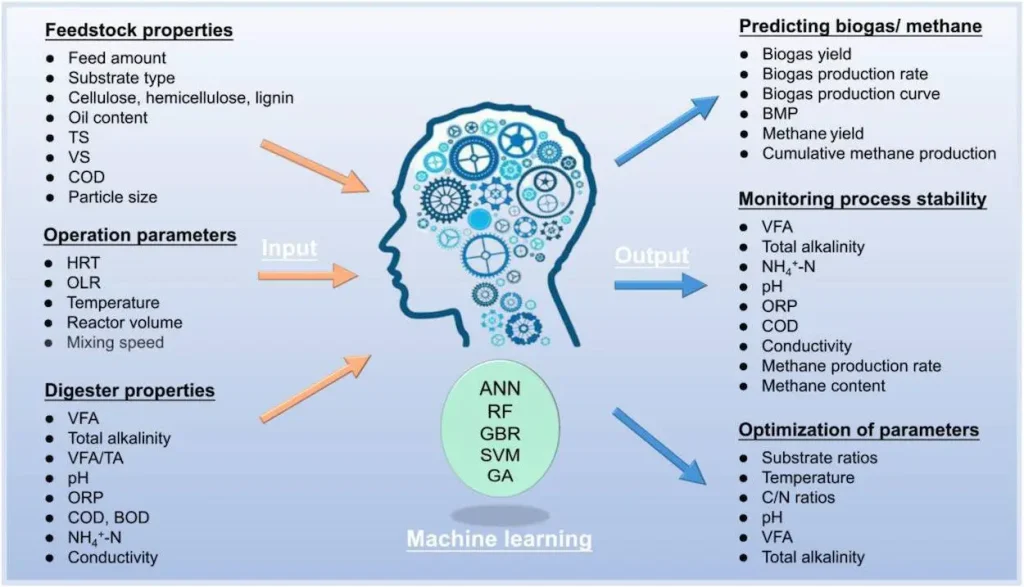
ML in Biological Waste Treatment
Anaerobic digestion (AD), composting, and insect farming are biological treatment technologies that use microorganisms to help in the recycling and production of valuable resources such as biogas, composts, and organic fertilizers. Despite their effectiveness, these processes often encounter challenges related to stability, efficiency, and environmental impact. ML offers solutions to these challenges by enabling real-time monitoring, process optimization, and accurate prediction of treatment outcomes. ML saves a lot of time and manual labor and increases the accuracy of predictions while facing non-linear issues, too. The most common ML methodologies include supervised learning (classification and regression), unsupervised learning (clustering methods, PCA), and reinforcement learning. In the field of biological treatment, supervised ML algorithms,
including artificial neural networks (ANNs), tree-based models, support vector machine (SVM), the genetic algorithm (GA), and various multivariate statistical analysis (MSA) methods have been used to model non-linear and complex relationships.
Anaerobic Digestion
Anaerobic digestion is the biological process that breaks down organic matter in the absence of oxygen, producing biogas (methane and carbon dioxide) and digestate (a nutrient-rich fertilizer). The process of AD is cumbersome and non-deterministic because it depends on variables such as microbial activity, composition of substrate, and environmental conditions.
As discussed above, ML models such as ANNs, SVMs, and genetic algorithms have been applied to predict biogas yield, optimize process parameters, and monitor system stability. For instance, ANNs can model the non-linear relationships between various operational parameters and biogas production, providing valuable insights for optimizing AD processes. In biological treatment research, a range of ANN models, such as multilayer perceptron (MLP), recurrent neural networks (RNNs), long short-term memory (LSTM), and convolutional neural networks (CNNs), have recently been extensively employed. SVMs have been used to classify substrate types and predict their biodegradability, enhancing the efficiency of biogas production.
Composting
Composting is the aerobic decomposition of organic waste, resulting in humus-rich compost. The composting process involves various stages, including the initial mesophilic phase, thermophilic phase, and maturation phase, each requiring specific conditions for optimal microbial activity. ML can significantly improve the efficiency and effectiveness of composting by predicting compost maturity, optimizing aeration, and controlling temperature and moisture levels.
Random forests (RF) and gradient boosting regression (GBR) (tree-based models) have been used to predict compost maturity and quality. These models analyze historical composting data to identify key factors affecting composting performance, enabling precise control of the composting process. Additionally, ML algorithms can detect early signs of process instability, preventing issues such as odor emissions and nutrient loss.
Insect Farming
Insect farming, particularly the cultivation of black soldier flies (BSF), offers a sustainable solution for organic waste management and protein production. BSF larvae can efficiently convert organic waste into high-value protein and fat, which can be used in animal feed and other applications. However, optimizing the growth and development of BSF larvae requires careful management of environmental conditions, substrate composition, and larval density.
The prerequisite of ML in the farming of BSF involves the use of ANNs and other computer vision-based algorithms to track and enhance the process. ANNs are useful in determining growth rates for larvae and feeding tables that would allow for the maximum yield of proteins. Computer vision systems integrated with ML can observe larval behavior and health to allow for changes in farming conditions.
Challenges and Future Prospects
However, there are some challenges in the biological treatment of water using ML. These include requiring large and high-quality datasets, increased complexity of ML models, and non-transparency of some ML algorithms. Most importantly, especially in an ANN architecture, we are not precisely certain as to the internal workings; it is a black box technique. As the consequences suggest, these challenges raise a need for close cooperation between academicians, professionals, and policymakers.
Conclusion
Applying machine learning to the biological treatment of organic wastes is an opportunity to solve numerous complicated issues and increase the efficiency of the process, which is time-saving, stable, and environmentally friendly. With the help of ML, it will be possible to transform the generation of renewable energy with the help of big data and reduce the adverse effects of waste and emissions. As observed, further exploration into this area and the development of technologies for this application of machine learning will be highly consequential in achieving the best potential of organic waste management through the aid of ML.
Article Source: Reference Paper
Follow Us!
Learn More:
Neermita Bhattacharya is a consulting Scientific Content Writing Intern at CBIRT. She is pursuing B.Tech in computer science from IIT Jodhpur. She has a niche interest in the amalgamation of biological concepts and computer science and wishes to pursue higher studies in related fields. She has quite a bunch of hobbies- swimming, dancing ballet, playing the violin, guitar, ukulele, singing, drawing and painting, reading novels, playing indie videogames and writing short stories. She is excited to delve deeper into the fields of bioinformatics, genetics and computational biology and possibly help the world through research!

